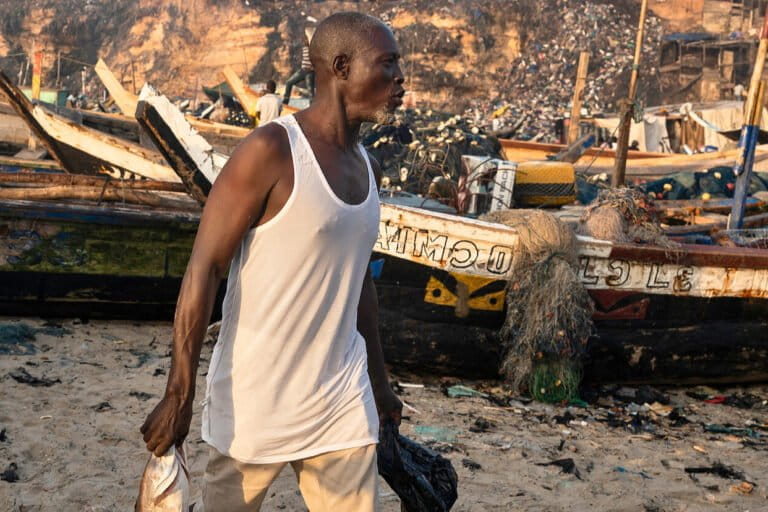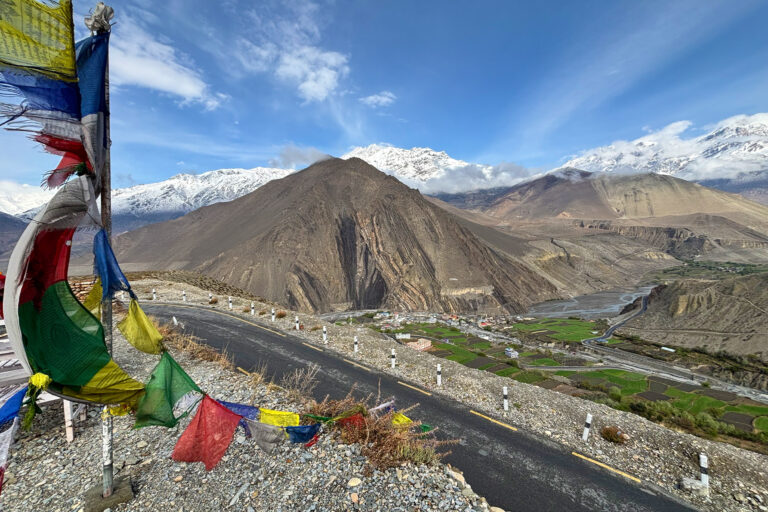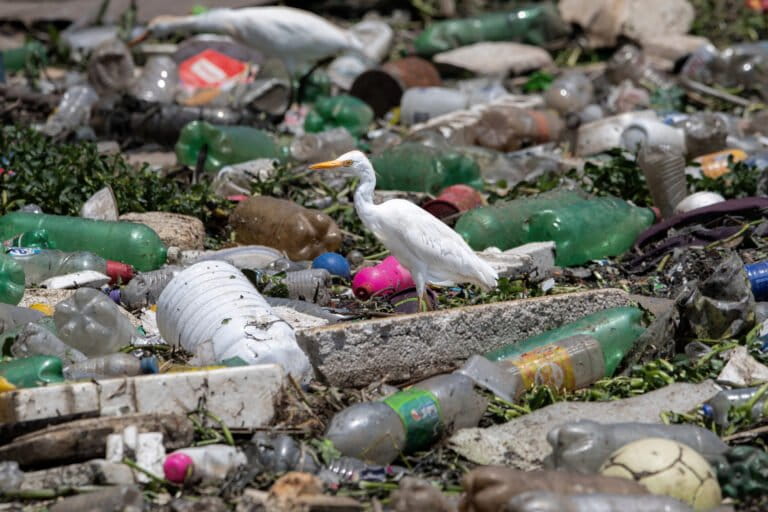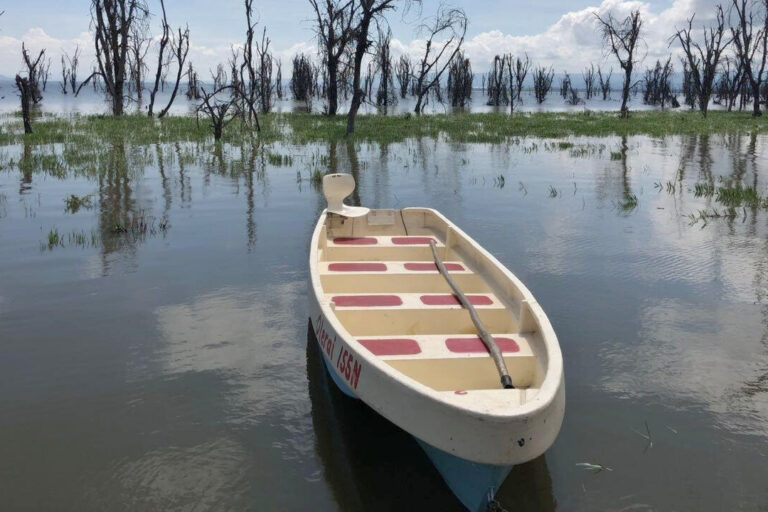- Chile aims to be a global leader in green hydrogen production by 2030, with major exports going to Europe and Asia.
- But researchers warn that the required infrastructure and production process could threaten rare and endemic species in Chile’s fragile ecosystems, including the Magellanic Steppe and the Atacama Desert.
- In addition, experts say, it would take vast amounts of space and water, which Chile plans to take from the ocean, creating an energetically inefficient and potentially unprofitable model while threatening the wildlife.
Green hydrogen promoters tout it as the clean energy of the future. In 2020, Chile launched its National Green Hydrogen Strategy, looking to position the country as a leader in producing and exporting hydrogen by 2030 while reaching carbon neutrality. “Today we are taking a new step forward in producing clean energy, protecting nature and fighting climate change,” former President Sebastián Piñera said in 2021 at the moment Chile produced its first molecule of green hydrogen.
Green hydrogen is a form of fuel produced using renewable energy sources (e.g., solar, wind) via water electrolysis, a chemical process that uses electricity to break the chemical bonds in water (H2O) and produce oxygen (O2) and hydrogen (H2) gas molecules. The industry sector sees this sort of hydrogen as a valuable tool that can help globally decarbonize or reduce the carbon emissions of mining, metal, chemical and fertilizer production, among others, which do not find another viable way of reducing their emissions. It has earned the nickname the “champagne of energies.” Detractors, however, note that despite being seen as a premium and versatile energy source, green hydrogen is highly expensive and inefficient.
Most of the hydrogen produced worldwide is derived from natural gas, creating what is known as grey hydrogen, which releases significant volumes of CO2 into the atmosphere, contributing to the current climate crisis. Another alternative, blue hydrogen, is also produced from natural gas, while capturing CO2 and storing it underground. This can result in leaking high quantities of methane (CH4), a more powerful greenhouse gas, during the production process.
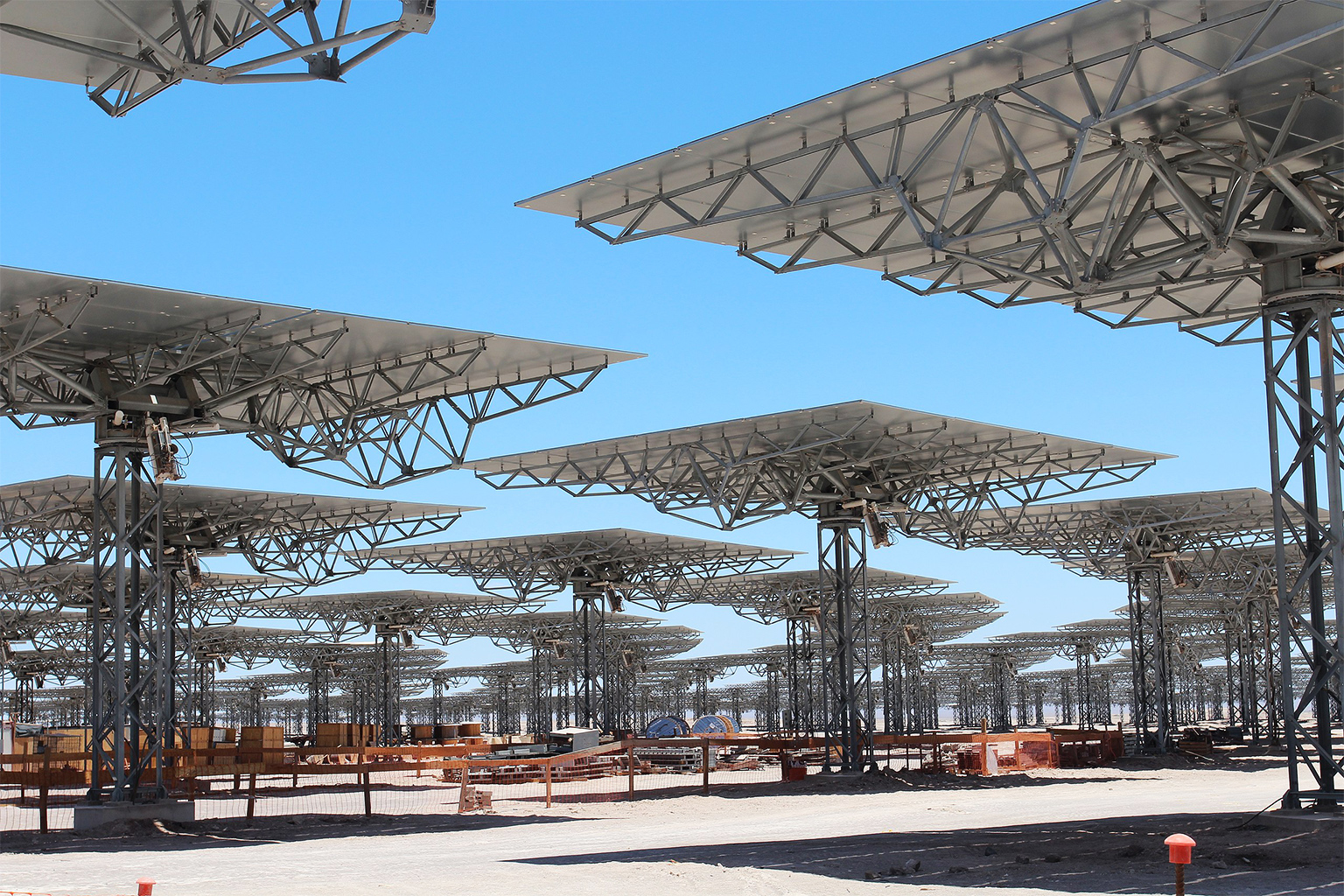
Chile is a potentially well-positioned country for renewable energy development. In the north, the Atacama Desert, a dry region that looks more like visions of Mars than Earth itself, is an oasis of solar energy: It receives the highest solar radiation on the planet (2,506 kilowatt-hours per square meter), greater than other countries receiving high solar radiation such as Spain, the United States or the United Arab Emirates. While in the south, the Magallanes and Chilean Antarctic have one of the strongest and consistently windy regions in the world. These factors contribute to the estimation that the country is capable of producing 13% of the global green hydrogen in the future.
However, the whole process faces numerous obstacles.Pure hydrogen molecules are extremely small and difficult to contain in traditional tanks or pipelines — they simply leak out and can weaken traditional steel pipes. One way around the problem is to bind hydrogen with nitrogen to make ammonia, a common chemical that facilitates transportation. This adds two industrial steps — making and then unmaking the ammonia — to hydrogen’s already expensive bottom line. It also makes it far less efficient. “If the energy efficiency decreases … then the environmental impact increases because you have less service for the same amount of emission,” David Finger, associate professor in the Department of Engineering at Reykjavik University, told Mongabay.
Chile has already received a $150 million loan from the World Bank and 216.5 million euros in a cooperative investment from the European Investment Bank and other European entities to develop an infrastructure that positions Chile as a leader in green hydrogen. This is a country renowned worldwide for a strong mining sector that in 2024 exported $52.3 billion in minerals including copper. With green hydrogen development, Chile projects $30 billion in exports by 2050, decarbonizing its economy once and for all.
But to turn this project into a reality, Chile must build more than massive fields full of solar panels and wind turbines. The process requires building electrolysis plants, desalination plants and storage containers for hydrogen and derivatives — and that worries experts like Carmen Espoz, dean of the Faculty of Sciences at Santo Tomás University in Chile. Of most concern: the construction of five megaports that could impact whale migrations that arrive at the Strait of Magellan to feed. “This is not a problem specific to one biological group, but rather a macro problem that involves different species, as well as the human population and quality of life,” Espoz told Mongabay.
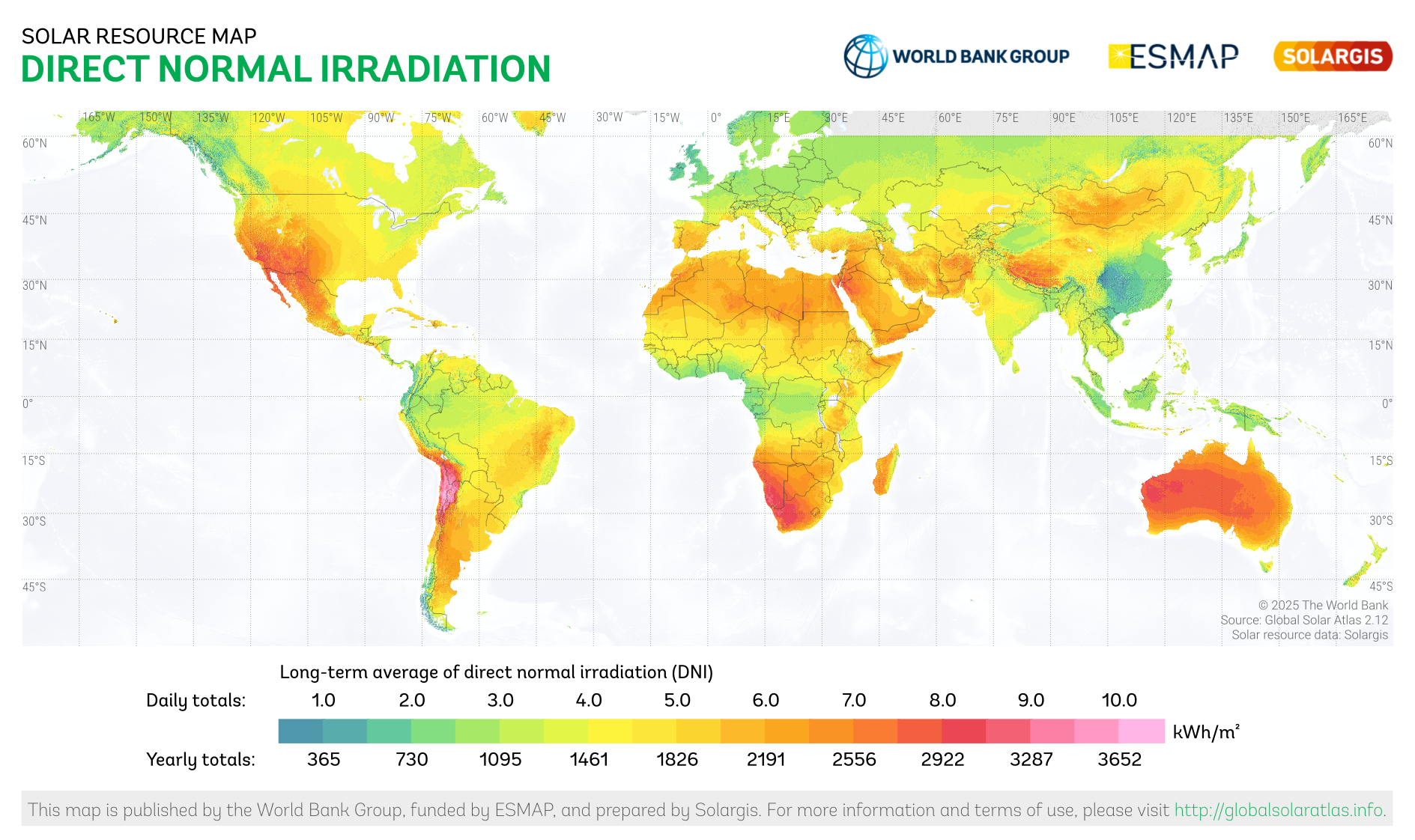
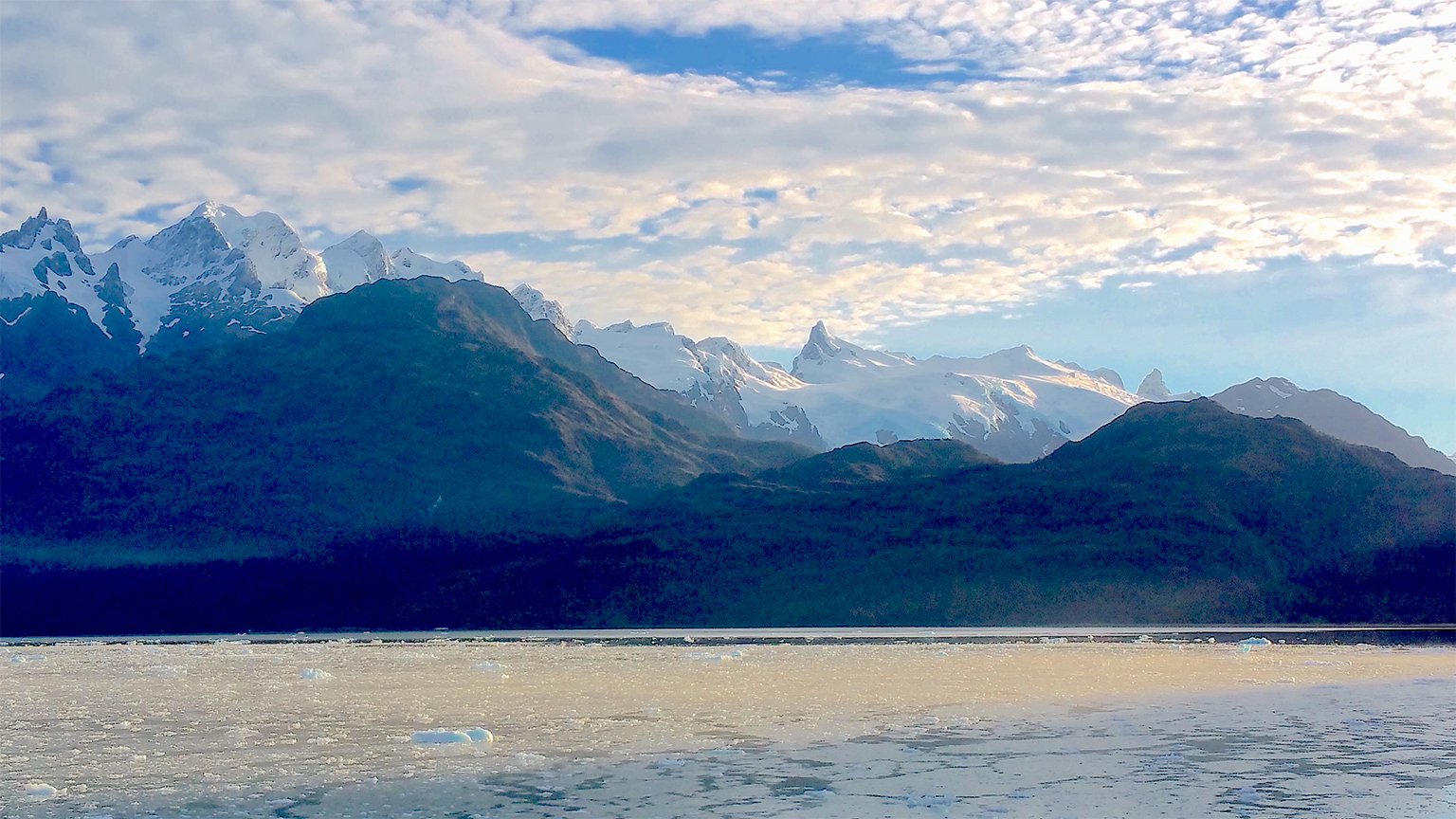
A study in the journal Trends in Ecology & Evolution reported that despite a lack of knowledge of the effects of renewable energies on wildlife, they do impact biodiversity and ecosystems. For example, apart from the removal of vegetation and microclimate changes under solar panels, large land areas and high amounts of water are needed to cool down the engines and clean the reflective surfaces of the solar panels. On the other hand, wind turbines cause many collisions with birds and bats, with mortality increasing proportionally to the turbine’s height. In addition to collisions, noise from wind farms can reduce the reproductive success of some species and affect migratory species. Mongabay contacted both the Environmental Assessment Service and the Ministry of Energy of Chile, seeking to understand how they are addressing these potential threats to biodiversity. Neither replied to requests for comments by the time of publication.
A letter published in Science by experts in Chile stated that an estimated 1,740-5,220 birds could collide yearly with wind turbines that will generate green hydrogen. Further, the authors warned that this number is underestimated. “This obviously concerns us because [the wind farms] are not only in the migration routes, but also in critical breeding sites for many species,” Heraldo Norambuena, researcher at the Bahía Lomas Centre and main author of the letter, told Mongabay on a video call. Migratory birds such as the Magellanic plover (Pluvianellus socialis), the locally endangered ruddy-headed goose (Chloephaga rubidiceps) and the red knot (Calidris canutus), a bird that migrates 15,000 kilometers (9,300 miles) from Canada to Chile every year, could be at risk if they share the same area with green hydrogen infrastructure. “If the construction sites for these projects are not properly planned … just a few wind turbines are enough to devastate a population,” Norambuena said.
An unpublished study presented in June at the International Congress of Conservation Biology in Brisbane, Australia, exposed a similar threat in the northern region of Antofagasta, in the Atacama Desert. “These extreme conditions result in a low diversity of animal species, but the species that live there are uniquely adapted to these extreme environments,” Martín Escobar, associate researcher at the University of Chile, told Mongabay. The study searched for areas where species such as the grey gull (Leucophaeus modestus), a bird species whose habitat spans from Ecuador to Chile but only breeds in the Atacama Desert, and the Torres-Mura dragon (Liolaemus torresi), a small lizard endemic to the Atacama desert, could be protected. Escobar found that the most suitable areas to protect these species are already in conflict with areas where green hydrogen plants are being built or under evaluation.


In terms of energy, both regions north and south share a common challenge: water needed for production. And not just any water. “You cannot have impurities in the water. … You need to distill [water],” Finger said. Chile plans to obtain that water from the ocean, a process energetically demanding and requiring desalination, which reduces the efficiency of the output considerably. “In areas where you don’t have sufficient freshwater, the green hydrogen production is completely illusional. It will simply not pay out … because the energy efficiency is so low,” Finger said.
Ecologically, this strategy can also have irreversible impacts on ecosystems if the residuals are not properly managed. “Brine will be generated and released back into the marine ecosystem … completely changing the salinity of the water and will end up killing the marine life associated with that area,” Norambuena said. Consequently, Chile will end up paying an ecological price for this, experts say. “We are sacrificing a region to satisfy the energy needs of the developed world,” Norambuena said.
Europe — especially Germany — is a major intended recipient of Chile’s green hydrogen. “Europe is located in geographical areas where producing hydrogen purely from renewable sources would mean much higher costs than hydrogen from fossil fuels,” Alejandro Nuñez-Jimenez, senior researcher in energy policy innovation at the Swiss Federal Institute of Technology in Zürich, told Mongabay.
A study published in the International Journal of Hydrogen Energy, led by Nuñez, shows how countries like Germany and the Netherlands are the largest consumers of hydrogen, to fulfil material production processes of the industry sector, while having small renewable energy potential to meet internal demand, compared with countries like Spain, Iceland or Norway. This explains why countries like Germany are incapable of securing energy independence from renewable sources and must instead invest millions of euros to develop green hydrogen plants in Namibia and Chile, diversifying their green hydrogen supply from the Global South in an attempt to achieve climate neutrality pacts at the lowest cost possible.
“I think it’s very unfair that Germany [will] announce that they met their goals, and this was at the expense of a region that was pristine, that was remarkable for its biodiversity,” Espoz said. As Chile pursues turning a green dream into a reality, it is betting blindly in a volatile unconsolidated market with high costs in questionable efficiencies, mortgaging the uniqueness of its biodiversity for the promises of an evolved extractivism that will benefit the necessities of developed countries. Once again, as in colonial times, experts predict this will result in asymmetric consequences and impacts on the territory and its people.
Banner image: James’s flamingo (Phoenicoparrus jamesi) in the Atacama Desert. Image by Gérard Cachon via Flickr (CC BY-NC-ND 2.0)
Citations:
Zolezzi, J., Garay, A., & Reveco, M. (2010). Large scale hydrogen production from wind energy in the Magallanes area for consumption in the central zone of Chile. Journal of Power Sources, 195(24), 8236-8243. doi:10.1016/j.jpowsour.2009.12.060
Nuñez-Jimenez, A., & De Blasio, N. (2022). Competitive and secure renewable hydrogen markets: Three strategic scenarios for the European Union. International Journal of Hydrogen Energy, 47(84), 35553-35570. doi:10.1016/j.ijhydene.2022.08.170
Moraga-Contreras, C., Cornejo-Ponce, L., Vilca-Salinas, P., Estupiñan, E., Zuñiga, A., Palma-Behnke, R., & Tapia-Caroca, H. (2022). Evolution of solar energy in Chile: Residential opportunities in Arica and Parinacota. Energies, 15(2), 551. doi:10.3390/en15020551
Gibson, L., Wilman, E. N., & Laurance, W. F. (2017). How Green is ‘Green’ Energy? Trends in Ecology & Evolution. Retrieved from https://www.cell.com/trends/ecology-evolution/fulltext/S0169-5347(17)30238-0
Norambuena, H. V., Labra, F. A., Matus, R., Gómez, H., Luna-Quevedo, D., & Espoz, C. (2022). Green energy threatens Chile’s Magallanes region. Science, 376(6591), 361-362. doi:10.1126/science.abo4129







